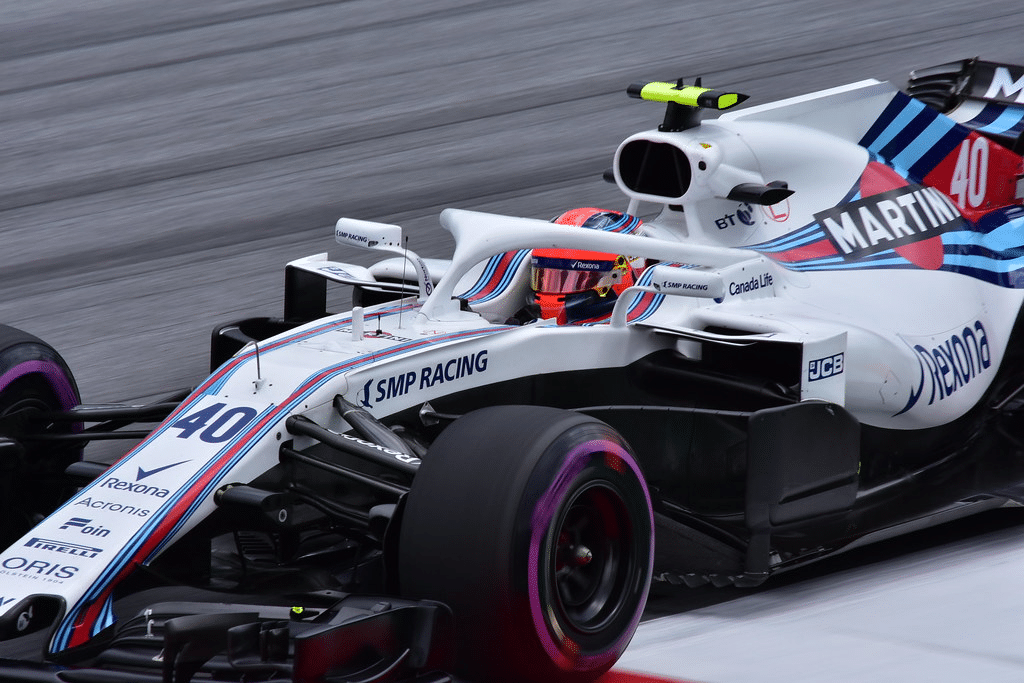So, I was digging into this whole Formula 1 thing the other day, and it got me thinking – how much dough do these reserve drivers actually bring in? You know, the guys who are always ready to jump in the car if the main drivers can’t make it for some reason.
First, I dove into some forums and articles online, just to get a general sense of the whole deal. It turns out, these reserve driver salaries are all over the place! Some of these guys are pulling in just around $100,000 a year, which isn’t nothing, but it’s not exactly the big bucks you might expect in F1. But then, I found that some are actually making up to a million dollars. A million! That’s a pretty wide range, right?
So, I started comparing this to the main drivers. I mean, we all know those guys are raking it in. I found some data that said the average F1 driver makes about $13.4 million a year, not even counting bonuses and sponsorships. And the top earner, Max Verstappen, is pulling in a crazy $55 million a year! Then you’ve got guys like Logan Sargeant and Yuki Tsunoda, who are at the bottom of the list, making $1 million each. I focused on Logan. He’s the only American on the grid right now. He had a rough rookie season last year, so I guess that explains the lower salary.

Then, I tried to understand what these reserve drivers even do. From what I gathered, they’re basically the backup quarterbacks of the F1 world. They gotta be ready to race at a moment’s notice if one of the main drivers gets sick, injured, or whatever. But they also spend a lot of time in the simulator, helping the team develop the car and prepare for races. They’re like the ultimate team players.
I looked into some specific teams, too. For instance, Williams, where Logan Sargeant drives. From what I understand, their reserve driver situation is a bit fluid, but they usually have someone on call. It’s not always clear how much they’re making, but it seems like it depends on how much testing they do and if they actually get to race.
I also learned that some reserve drivers actually pay to have that role. Crazy, right? They bring in sponsors or their own money to basically buy their way onto the team. It’s a way for them to get experience and maybe get noticed by other teams. So, in those cases, they’re not really making money, they’re spending it. It’s a pretty wild system.
I even found some names of drivers who were known for paying their way into F1, like Giovanni Lavaggi and Jean-Denis Deletraz. It seems like those guys didn’t usually perform as well as the drivers who were getting paid to race, which makes sense, I guess. It reminded me when I paid for driving lessons.
In the end, I realized that figuring out exactly how much reserve F1 drivers make is kind of a mess. It’s not like a regular job where everyone has a set salary. It depends on the driver’s experience, the team’s budget, how much they test, if they get to race, and a whole bunch of other factors. I guess that’s part of what makes Formula 1 so interesting, right? It’s not just about what happens on the track, but also all the crazy stuff that goes on behind the scenes.
What I learned:

- Reserve driver salaries can range from $100,000 to $1 million.
- Main F1 drivers make way more, with an average of $13.4 million.
- Reserve drivers are like backup quarterbacks, ready to race anytime.
- Some reserve drivers actually pay to have that role.
- It’s a complicated system with a lot of factors affecting pay.
Anyway, that’s what I found out about the world of reserve F1 drivers. It’s definitely a unique job with a whole lot of moving parts. I hope you found this little journey into the financial side of Formula 1 as interesting as I did!





















